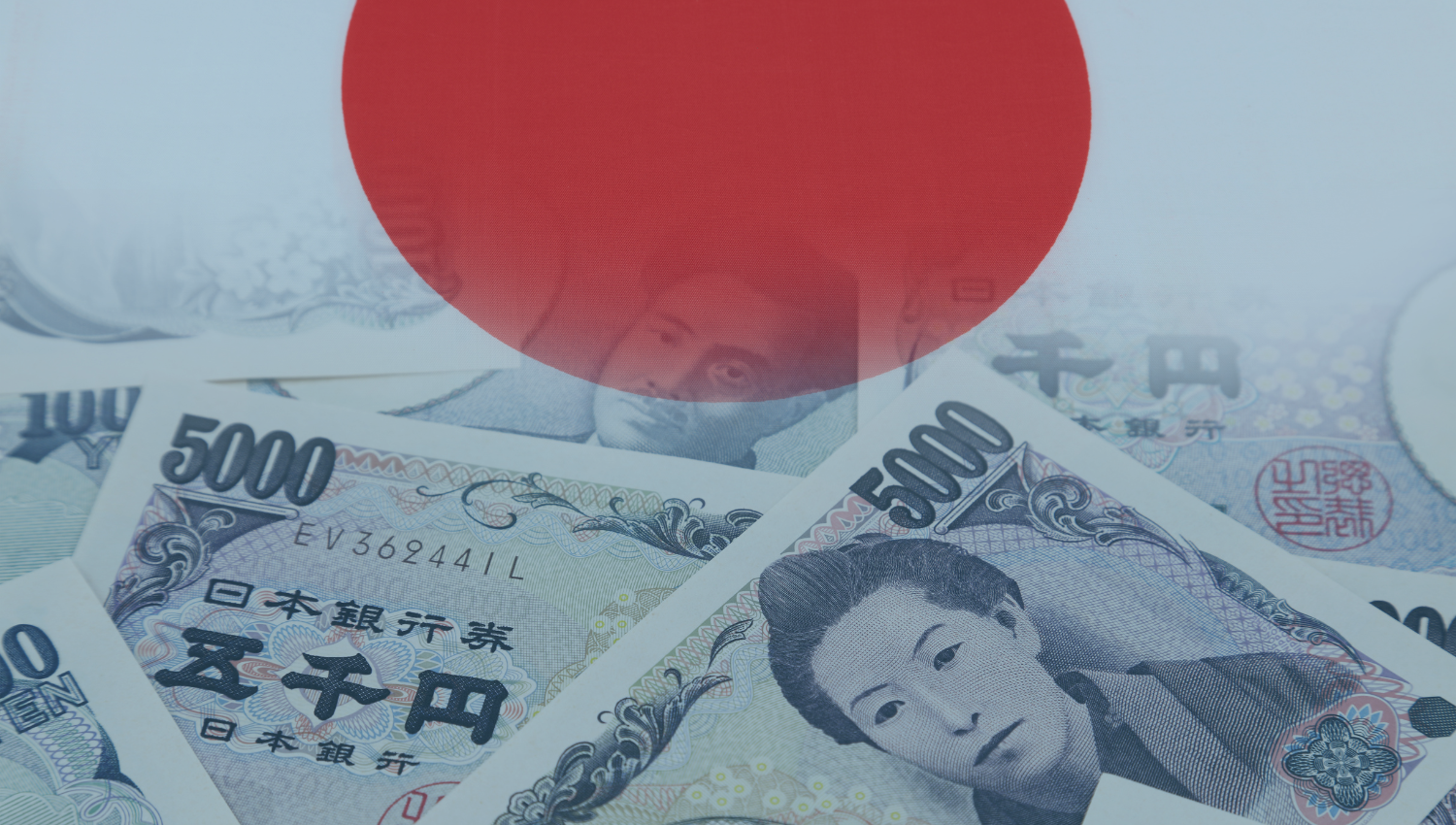The Influence of BOJ and Its Impact on the Japanese Yen (JPY/USD)

Introduction
The Bank of Japan (BOJ) is one of the world's most influential central banks, and its policies have far-reaching consequences, especially in the realm of currency exchange rates. The Japanese Yen (JPY) is among the most actively traded currencies globally, and its relationship with the United States Dollar (USD) is of particular interest to investors, traders, and policymakers alike. In this article, we will explore the influence of the BOJ and its impact on the JPY/USD exchange rate.
The Role of the Bank of Japan (BOJ)
The Bank of Japan, established in 1882, is Japan's central bank, responsible for regulating the country's monetary policy. The BOJ's primary objectives include maintaining price stability, ensuring financial system stability, and facilitating economic growth. To achieve these goals, the BOJ employs various tools, including interest rate policy, asset purchases, and currency interventions.
BOJ's Monetary Policy and Exchange Rates
1. Interest Rate Policy:
One of the key tools in the BOJ's arsenal is the management of interest rates. The central bank sets short-term interest rates, including the overnight call rate, to influence borrowing costs for businesses and consumers. Changes in these rates can affect the attractiveness of the Yen for international investors and traders.
- When the BOJ lowers interest rates, it tends to make the Yen less appealing as a currency for carry trade (borrowing in a low-interest-rate currency to invest in a higher-yielding one). This can lead to a depreciation of the Yen relative to the USD.
- Conversely, when the BOJ raises interest rates, it can attract foreign capital seeking higher returns, leading to Yen appreciation against the USD.
2. Asset Purchase Programs:
The BOJ has also implemented aggressive asset purchase programs, such as Quantitative and Qualitative Monetary Easing (QQE), to inject liquidity into the financial system and combat deflation. These programs can have a significant impact on exchange rates.
- Large-scale asset purchases tend to increase the money supply and reduce the value of the Yen, leading to depreciation against the USD.
3. Currency Interventions:
The BOJ occasionally intervenes directly in the foreign exchange market to stabilize the Yen's exchange rate. Interventions are usually conducted to prevent rapid and excessive appreciation of the Yen, which can harm Japan's export-driven economy.
- When the BOJ intervenes by selling Yen and buying foreign currencies (often USD), it can help weaken the Yen, maintaining its competitiveness in global markets.
Impact on JPY/USD Exchange Rate
The BOJ's actions have a profound impact on the JPY/USD exchange rate, and this influence can be observed through several channels:
1. Exchange Rate Movements:
As discussed earlier, changes in interest rates, asset purchase programs, and currency interventions can lead to fluctuations in the JPY/USD exchange rate. These fluctuations can affect trade balances, corporate earnings, and investment decisions for businesses operating in both countries.
2. Inflation Expectations:
The BOJ's efforts to combat deflation and achieve its inflation target influence inflation expectations in Japan. When the BOJ's policies are successful in raising inflation expectations, the Yen may depreciate as investors seek assets in countries with higher interest rates and inflation expectations, such as the United States.
3. Global Economic Conditions:
The BOJ's monetary policy decisions can impact global financial markets. For instance, when the BOJ engages in quantitative easing, it can lead to lower global interest rates, affecting the attractiveness of the USD and other currencies.
Conclusion
The Bank of Japan plays a pivotal role in shaping the Japanese Yen's value relative to the United States Dollar. Its monetary policy decisions, interest rate management, asset purchase programs, and occasional currency interventions all contribute to the complex dynamics of the JPY/USD exchange rate. Understanding these influences is crucial for investors, businesses, and policymakers seeking to navigate the global financial landscape and manage their exposure to currency risk in this ever-changing market.

